Renting apartments in Japan
Renting apartments in Japan can be a daunting process, especially if you’re fresh off the boat and can’t speak a lick of the language. From hidden costs down to the type of housing to opt for, here’s everything you need to know to secure your dream house.
Table of Contents
- Renting apartments in Japan
- Before the move
- 1. Check if your institution is providing accommodation
- 2. Obtain a Certificate of Eligibility (COE)
- 3. Apply online on the Entrants, Returnees Follow-up System
- Factors to consider
- 1. City or countryside
- 2. Location
- 3. Size
- 4. Earthquake-resistant apartments
- Finding an apartment
- 1. Short-term rental
- 2. Long-term rental
- Expected cost
- 1. Base rent
- 2. Miscellaneous cost
- 3. Insurance
- 4. Maintenance fee
- 5. Security Deposit
- 6. Realtor fee
- 7. Key money
- After securing your dream house
- 1. Furnish your home
- 2. Registering at the ward office
- 3. Apply for the National Health Insurance
- Guide to renting apartments in Japan
Before the move
1. Check if your institution is providing accommodation
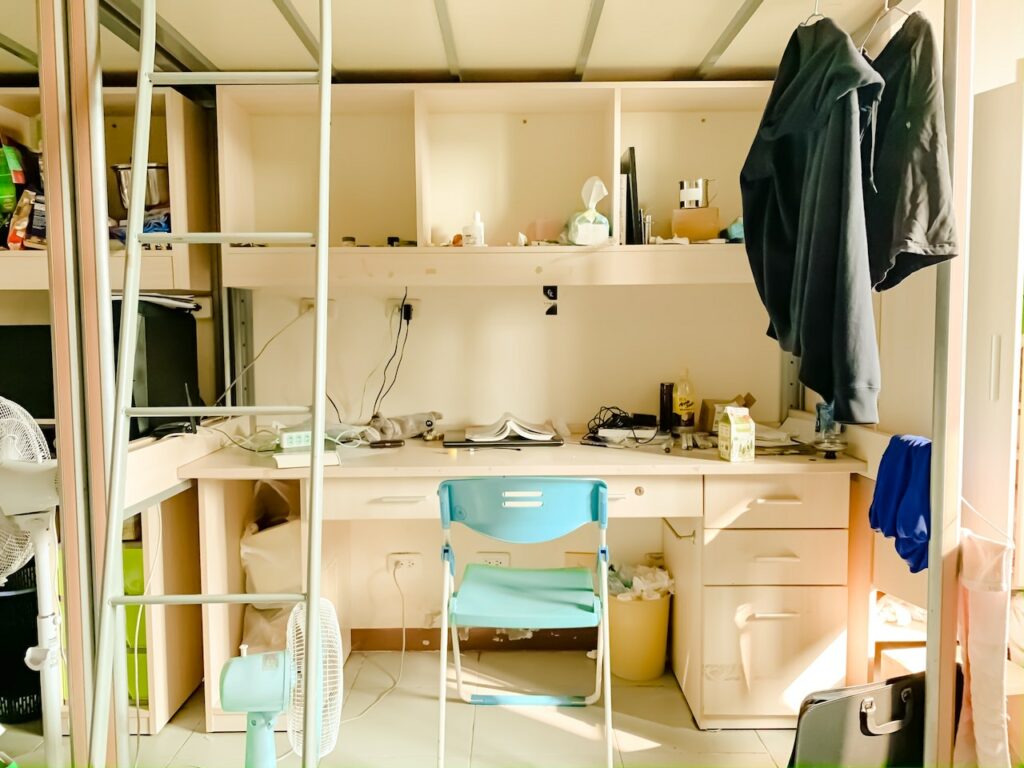 Image credit: rnaol
Image credit: rnaol
Before you jump straight into apartment hunting, check with your employers or school if housing is provided. Though it varies from companies to companies, it is not uncommon for foreign employees to be allocated company housing.
For international students, most institutions provide the option to live on campus. Some even offer the chance of a homestay for a more immersive experience.
As compared to having to navigate through the tedious process of finding housing by yourself, you’ll have most of the legwork done for you if you choose to live on campus or opt for a homestay.
Most real estate agencies will only work with clients who are already in Japan. So if housing is not provided, you’d most likely have to find temporary accommodation first before you can start property hunting.
2. Obtain a Certificate of Eligibility (COE)
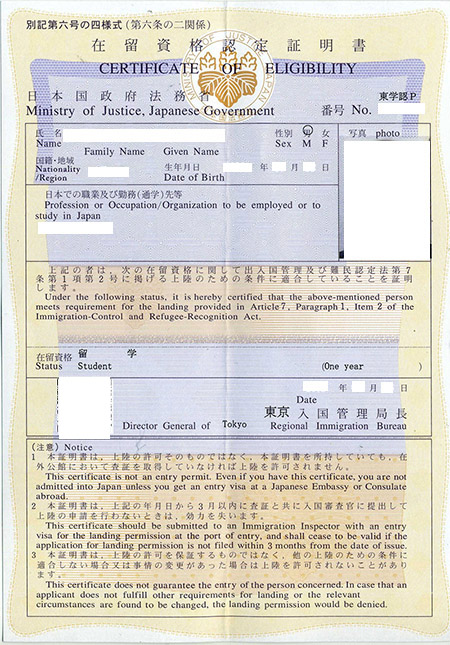
Image credit: Shinjuku Japanese Language Institution
Issued by the immigration authorities in Japan, a Certificate of Eligibility (COE) is your gateway to entering Japan.
You’ll need to get your institution to submit an application to relevant authorities on your behalf. Once approved, a physical copy will be sent your way and you’ll be able to apply for a visa.
The documents required vary depending on the type of visa you’re applying for, so check with your local embassy before heading down.
3. Apply online on the Entrants, Returnees Follow-up System
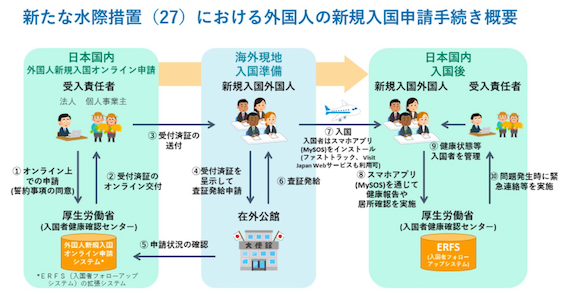
Process of the ERFS
Image adapted from: Ministry of Health, Labour and Welfare
Following Prime Minister Kishida Fumio’s announcement to ease regulations on new foreign entries, the government has rolled out the Entrants, Returnees Follow-up System (ERFS).
Sponsors – schools and businesses – will have to submit an application online on behalf of prospective foreign residents. Successful applicants will be able to proceed with their visa application at their local Japanese embassy.
Factors to consider
1. City or countryside
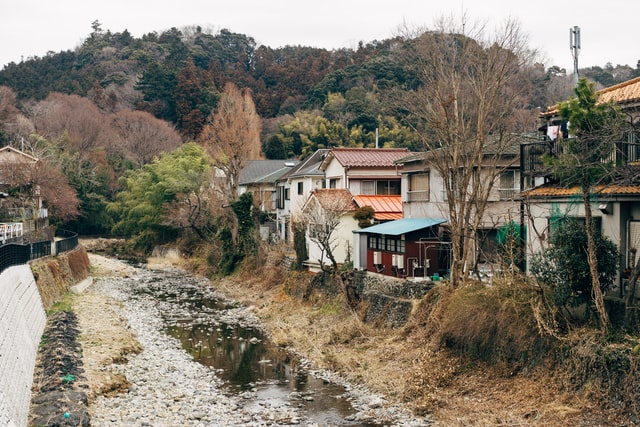
Image credit: Markus Winkler
The cost of living in Japan can be notoriously high, especially if you’re living in populous metropolises such as Tokyo and Osaka. Yahoo News reported that the average rent in Tokyo is around ¥81,001 (~USD699.70), more than twice the amount in less populated cities like Aomori (¥38,264, ~USD330.51) or Kagoshima (¥37,863, ~USD327.06).
So if you’re not required to be physically present in certain areas for work or school, consider settling in rural areas or smaller cities outside of Tokyo to reduce your monthly expenses on rent.
2. Location
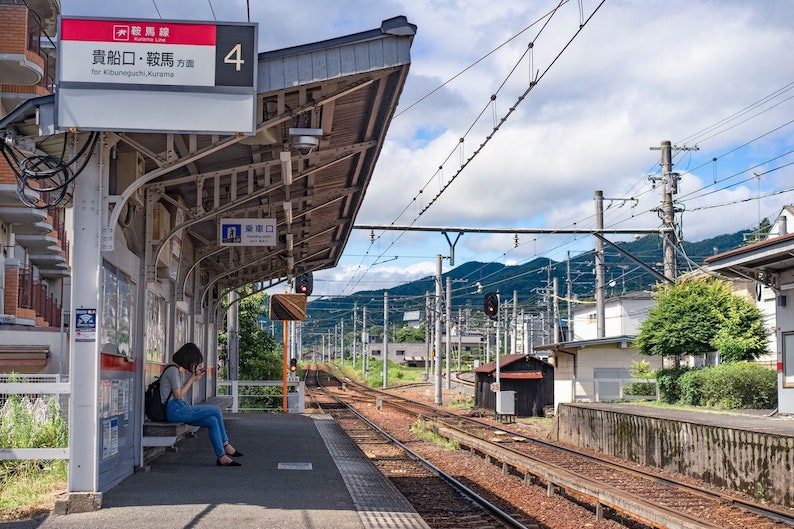
Image credit: JuniperPhoton
Unless you own a car in Japan, chances are you’d be relying on public transportation to get around. Shortlist apartments that are in close proximity to major train stations or, at the very least, local lines to spare yourself long commutes.
That said, for aspiring Tokyoites who are on a tight budget but want to get a taste of the the city, go for places further from central Tokyo. Areas away from central Tokyo are still part of the capital, but apartments there are often at a fraction of the price. Kita Ward, Arakawa Ward, and Nerima Ward are good areas to start.
3. Size
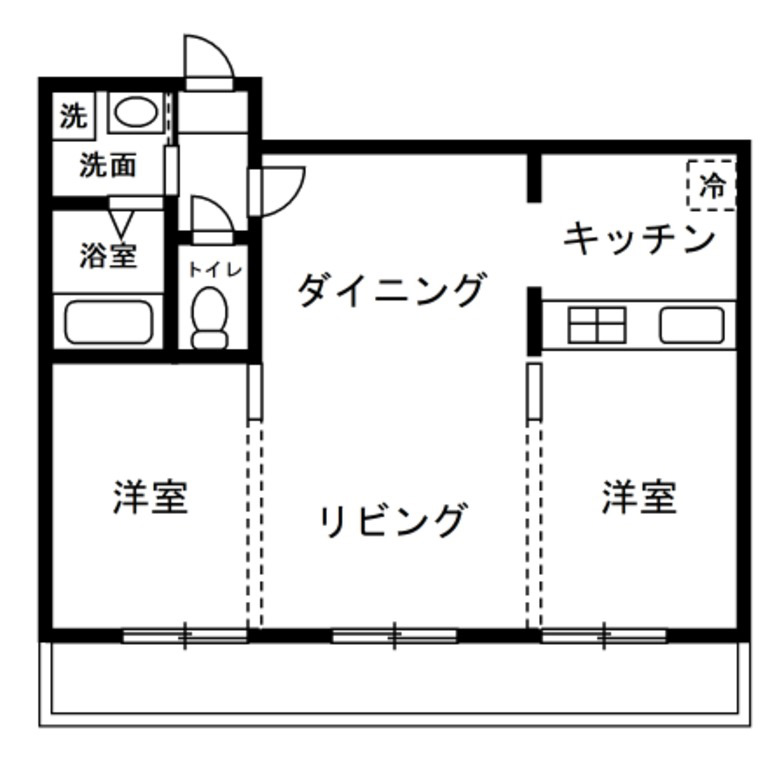
Image credit: SUUMO
If there’s one thing you should know about the world of apartment hunting in Japan, it is the term “LDK”. An abbreviation of “Living, Dining, Kitchen”, the term is used to describe types of apartment layouts.
1K refers to apartments with one bedroom and a small kitchen space, while 1LDK denotes a single room apartment that comes with living, dining, and kitchen space.
4. Earthquake-resistant apartments
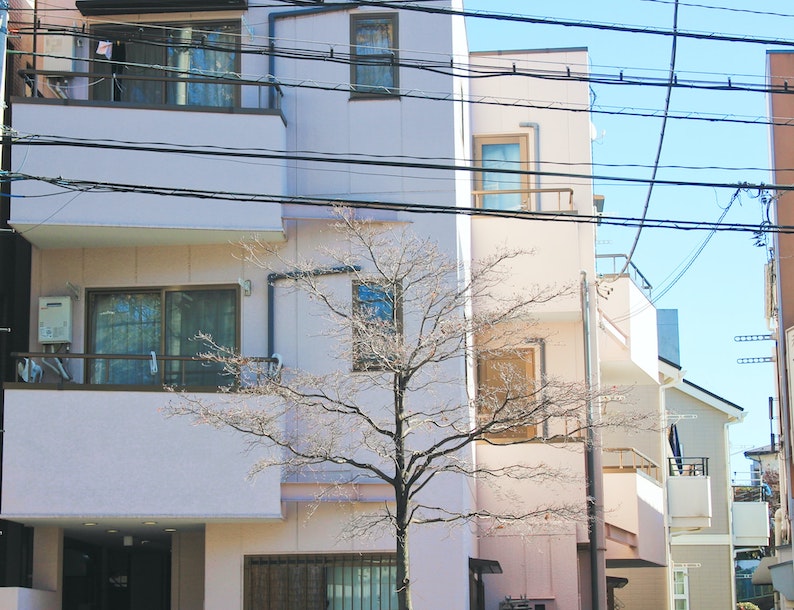
Image credit: Weiqi Xiong
As an earthquake-prone country, Japan has standards put in place to ensure that buildings can withstand tremors when disasters strike. In particular, buildings constructed before and after 1st June 1981 are certified as kyū taishin (旧耐震) and shin taishin (新耐震) respectively.
The difference? The former is able to withstand earthquakes measuring up to five on the Seismic Intensity Scale, while the latter is built to withstand ones with a seismic intensity of six or higher.
While it doesn’t mean that older buildings are unsafe, it’s better to be safe than sorry – check with your agent or landlord first to confirm if your property falls under the post-1981 standards.
Finding an apartment
1. Short-term rental
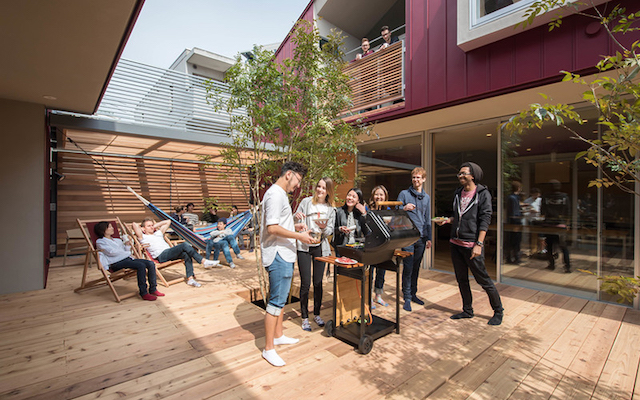
Image credit: SUUMO
If you’re holding a visa with less than six months of validity, such as a Short-Term Student Visa or Working Holiday visa, we recommend going for budget apartments, share houses, or weekly mansions.
Not only are the application process for these options relatively fuss-free, but they are also preferable as most full-fledged housing have standard lease agreements that last two years.
Foreigner-friendly websites such as Sakura House, Borderless House, and Oakhouse offer a range of housing options from share houses to budget apartments. From online room viewing to liaison with the agency, everything can be done with a click of the mouse before you fly to Japan.
That said, most of these options require a stay of at least a month. If you’re looking for a temporary place to put up at for a few weeks while you apartment-hunt, weekly mansions might be more suitable. Sites such as Live in Asia put up listings of apartments that can be rented on a weekly basis.
2. Long-term rental
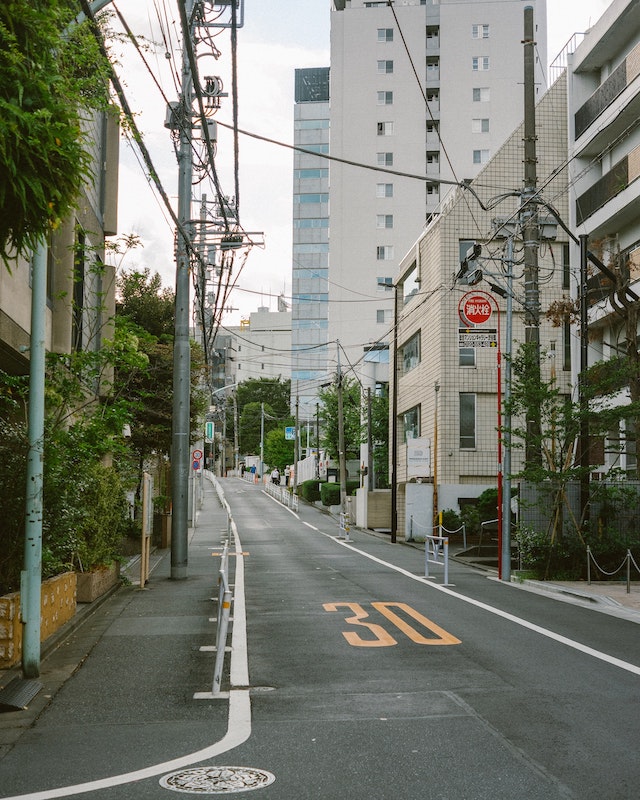
Image credit: Luca Deasti
Most, if not all, standard housing units available in the market require tenants to commit to a two year lease. To better prepare yourself for the search, come up with a wishlist and list of non-negotiables that you and your realtor can refer to when house-hunting.
To start, you can either walk into real estate companies, which can be found in most neighbourhoods and near train stations. Alternatively, scour through listings online on websites such as SUUMO, Mini Mini or UR Housing, a government-backed agency that does away with many of the fees required for renting, such as key money.
If you can’t speak Japanese, consider agencies that are catered for foreigners. Real Estate Japan has English-speaking agents to guide you through the entire process, though do take note that prices might be higher.
Expected cost
Depending on your preferred property, the upfront deposit can come up to anywhere from two to six months’ worth of rent.
You’d have to fork out a lump sum for the initial payment – here are the types of deposit to expect when it comes to renting apartments in Japan.
1. Base rent
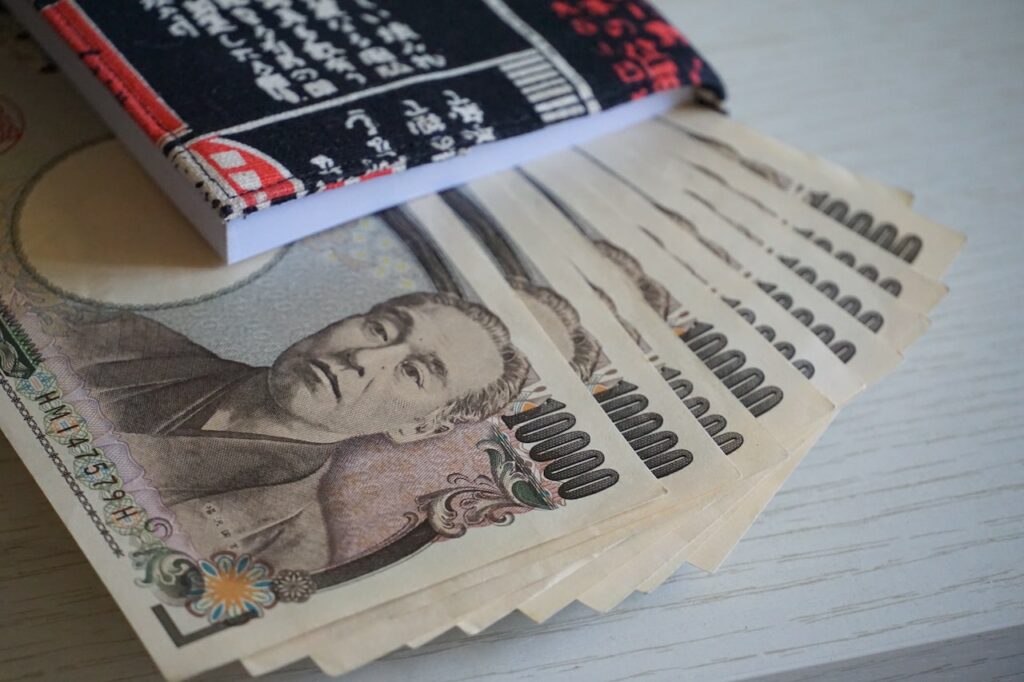
Image credit: jun rong loo
Also known as 家賃 (yachin) or 賃料 (chinryō) in Japanese, the base rent refers to the fixed monthly rent that you pay to your landlord.
Normally, the landlord will require you to pay upfront for the month before you can secure the unit and move in.
2. Miscellaneous cost
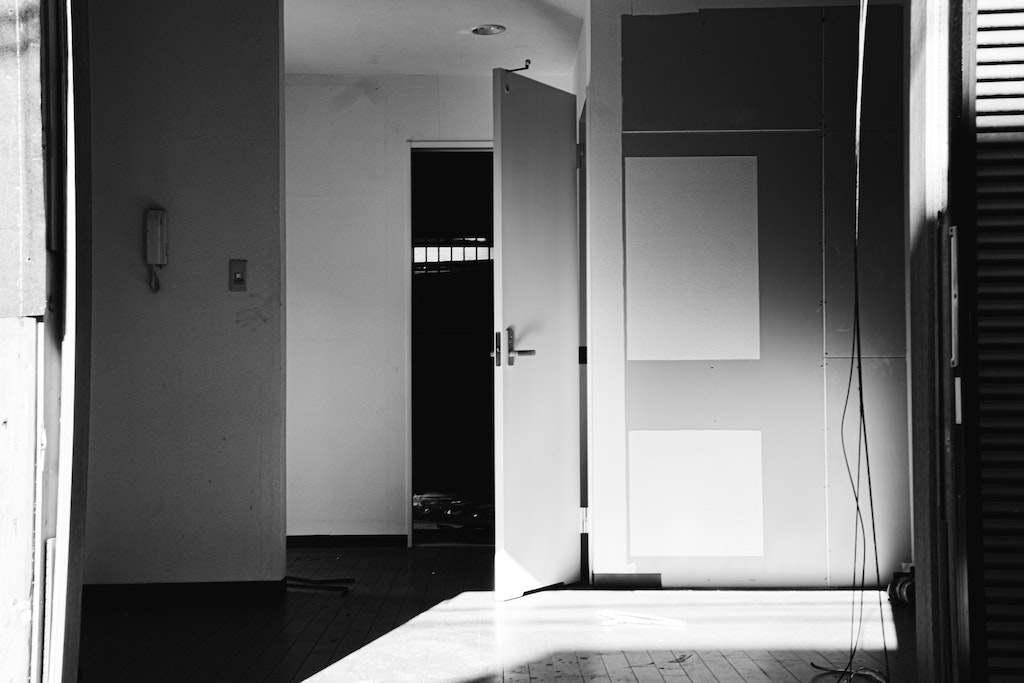
Image credit: Ryunosuke Kikuno
Before deciding on a property, check if there are other recurring expenses that will add up to impact your monthly budget.
Apart from considering the fixed rent, do up a checklist of costs to take note of. Is the house fully furnished? Does it come with internet access? Are the utilities – gas, electricity, and water – included in the rent?
3. Insurance

Image credit: JESHOOTS.COM
Insurance is a must when renting apartments in Japan. There are two types – fire insurance (火災保険; kasai hoken) and household insurance (家財保険; kazai hoken). Most landlords require their tenant to register for the former only, as it covers damage of furniture or home appliances caused by fire, flood, and other accidents.
According to this website, costs vary depending on the extent of coverage, type of house, and area, but the most basic plan can cost between ¥1,250 (~USD10.83) to ¥3,990 (~USD34.56) a year.
4. Maintenance fee
管理費 (kanrihi), or maintenance fee, is a service fee that is borne by tenants when they rent units in mansions or apartments buildings. The fee goes towards general maintenance and upkeep of facilities and shared spaces in the building. Hence, the fee is usually higher when there are more facilities, such as a gym.
5. Security Deposit
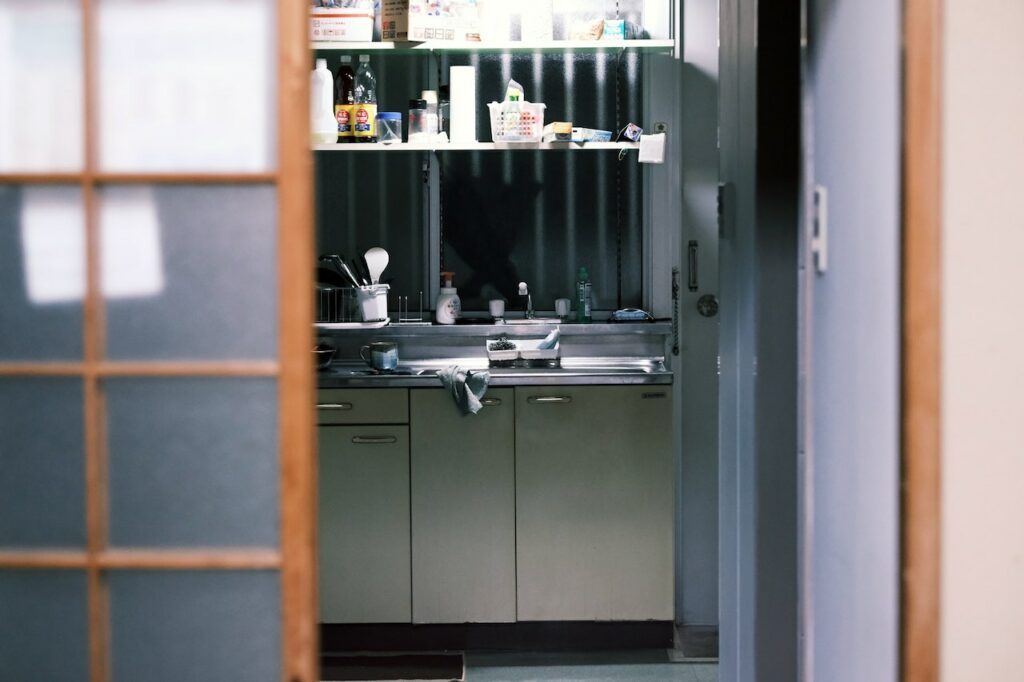
Image credit: DuoNguyen
Security deposit (敷金; shikikin) will make up the bulk of your advance payment; it can cost you from one month’s rent, to as high as three months’ worth of rent. The idea is simple – the money deposited acts as collateral during your contract period, and any repair cost incurred due to damage to the room will be deducted from the sum.
When you move out, the landlord will do a thorough scan of the room and you’ll be liable for any repair fees for damages, as well as a cleaning fee. All fees incurred will be charged to the security deposit and any remaining amount will be refunded.
In order to maximise the refund, the rule of thumb is to “restore the place to its original state” (原状回復; genjyō kaifuku) before you move out.
6. Realtor fee
An agent fee (仲介手数料; chūkai tesūryō) is usually the equivalent of a month’s rent, and it’s paid to the real estate company after you’ve agreed to rent the place. It acts as a commission fee, though in this case, the cost can be borne entirely by you, or split 50-50 between the landlord and the tenant.
7. Key money
Translated as “key money”, reikin (礼金) literally means “gratitude money”. Unlike security deposits, key money is a non-refundable, often obligatory “gift” that is given to the landlord in exchange for being allowed to rent the property. Expect to pay an additional one month’s rent, or look for rental housing that does not collect key money.
After securing your dream house
1. Furnish your home
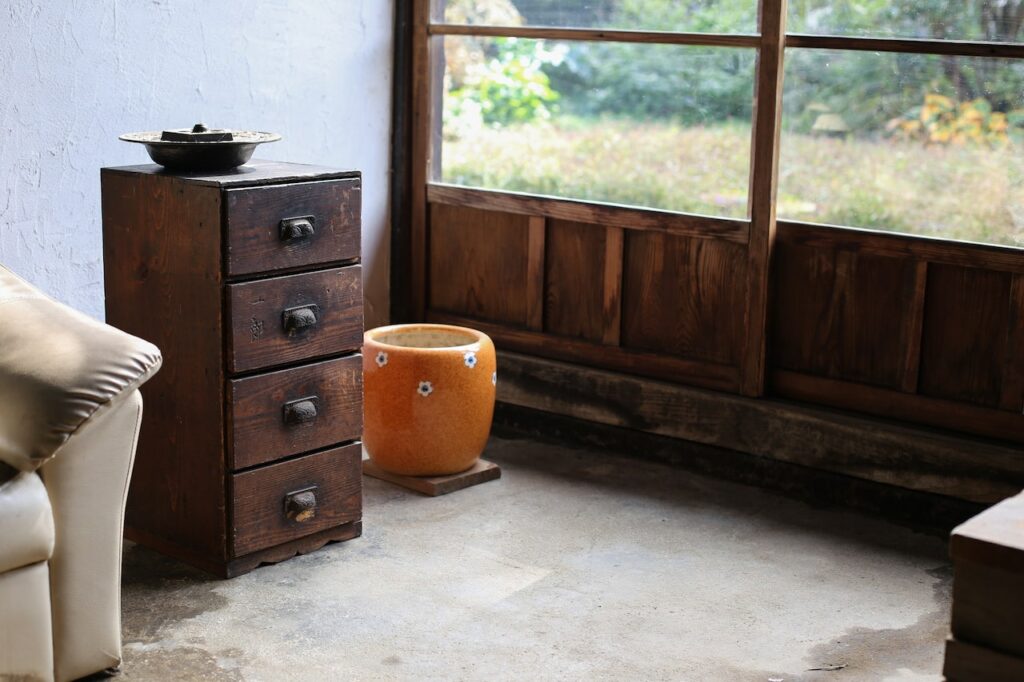
Image credit: Sebastian Herrmann
You did it! You’ve navigated through the arduous process of house-hunting in Japan and are ready to move in any time. Now it’s time for the fun part – transforming your house into a home. For furniture shopping, Nitori (think Japan’s version of Ikea) and home centres, which are essentially DIY hardware stores, are good places to start.
For the budget-conscious, fill up your space with secondhand furniture and appliances from Jimoty, Hard Off, and Sayonara Sales online. Thanks to strict inspection standards and the Japanese’s penchant for taking good care of their things, items found in secondhand spaces tend to be in tip-top condition.
2. Registering at the ward office
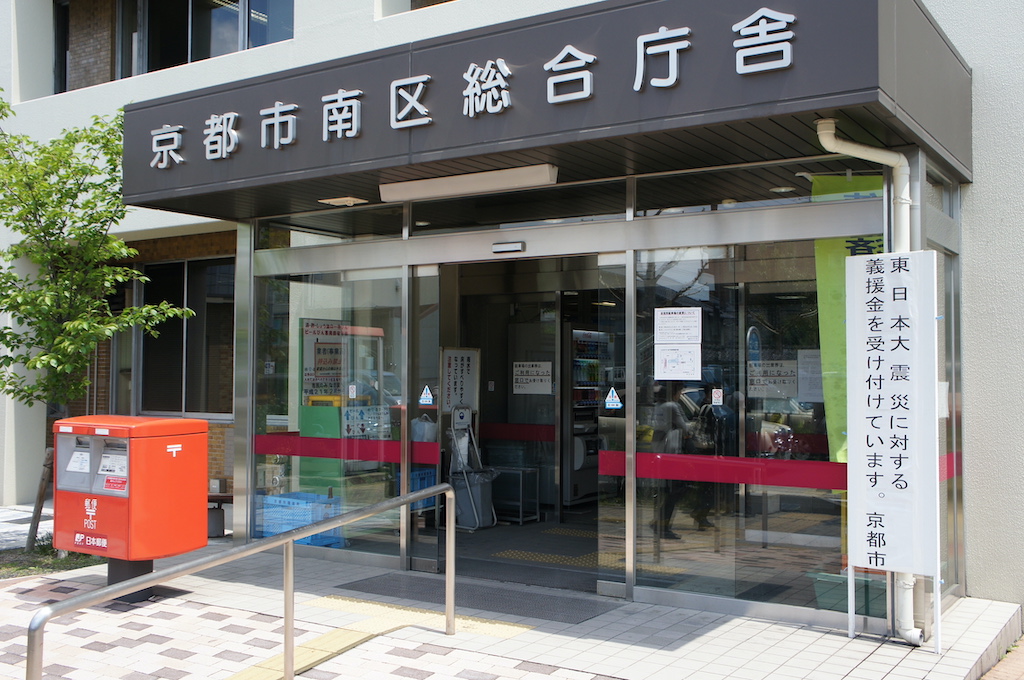
Image credit: City of Kyoto
After you’ve settled into your new home, proceed to the local ward office (区役所; kuyakusho) to register your new address.
It is compulsory to do this within 14 days of moving in, as the address will be printed on the back of your residence card (在留カード; zairyū kaado), an ID card that’s issued to all foreign residents residing in Japan.
Bring along the card and your passport – you’d be given the “notification of moving-in” form (住民移動届; jyūmin idō doke) to fill in.
3. Apply for the National Health Insurance
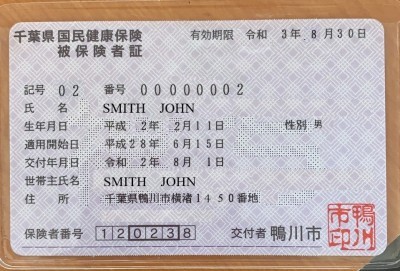
Image credit: Kamogawa City
Once you’ve registered your address, you’ll be asked to sign up for National Health Insurance (国民健康保険; kokumin kenkō hoken). It is a compulsory health insurance scheme that is applicable for all foreign residents who will be staying in Japan for more than three months. The process is pretty much the same as address registration as you’d be given another form to fill in.
After that, a medical insurance card will be given to you. You can use it in hospitals or clinics. Make sure to bring it along with you for any medical emergencies as the card covers 70% of your medical costs. Insurance premiums will be calculated based on your income and payment slips will be mailed to your residence every month.
Guide to renting apartments in Japan
Renting apartments in Japan as a foreigner can be hard, but it’s not impossible. After countless paperwork, apartment viewing, and way too many tabs open on your computer, here’s to you on your way to securing the key to your dream house and starting your life in Japan.
For more tips and information about living in Japan, check out:
- Japanese internet slang to know
- Guide to working in Japan
- All you need to know to study in Japan
- Strange Japanese laws to look out for
- All you need to know about shrines in Japan
Cover image adapted from (clockwise from top left): Weiqi Xiong, Sebastian Herrmann, jun rong loo and SUUMO
